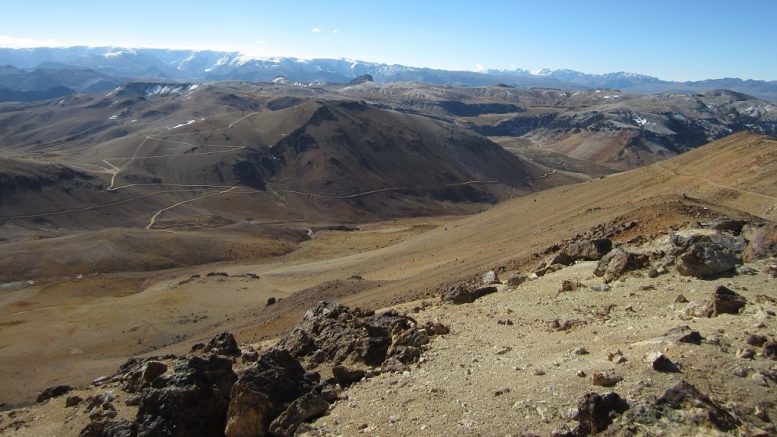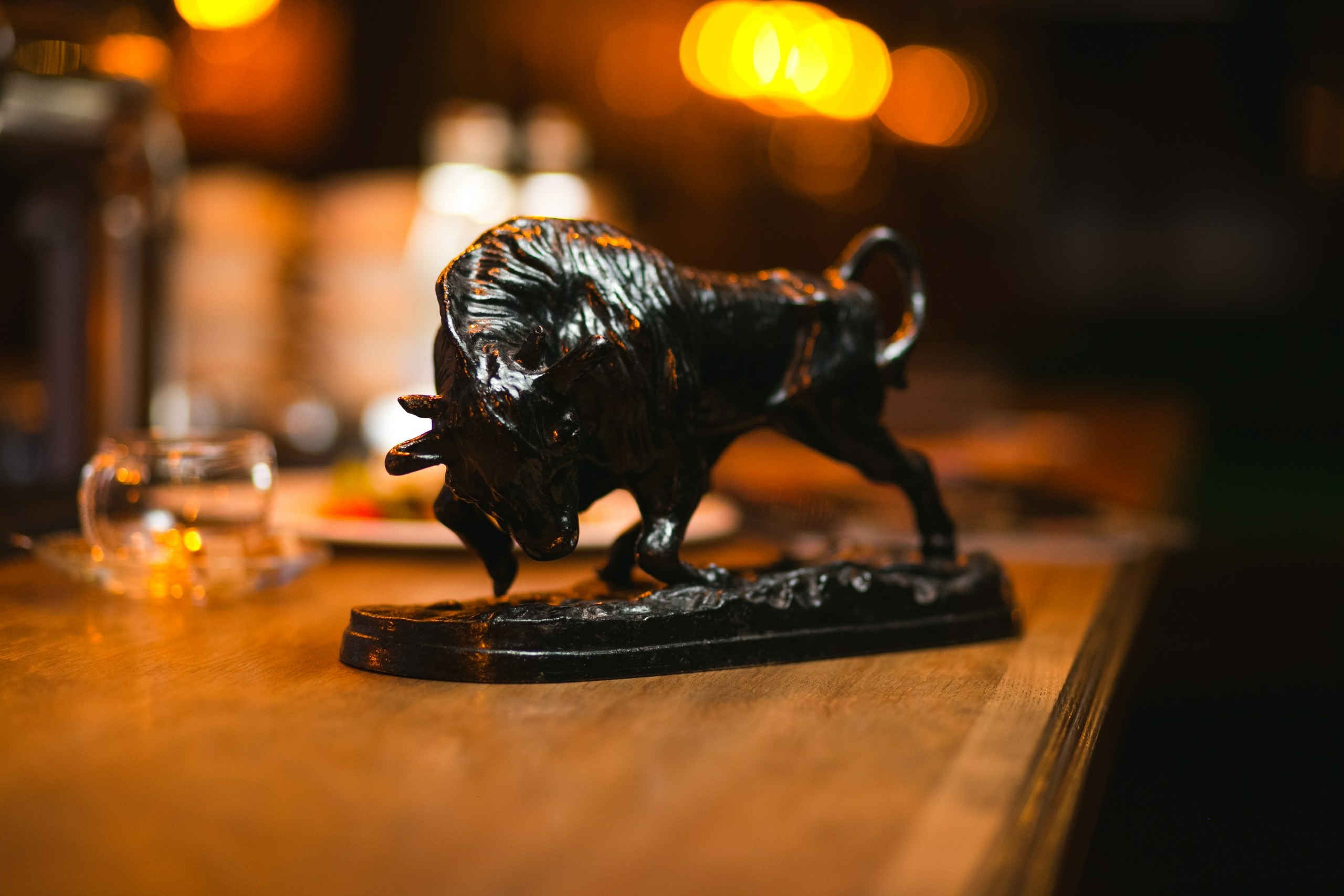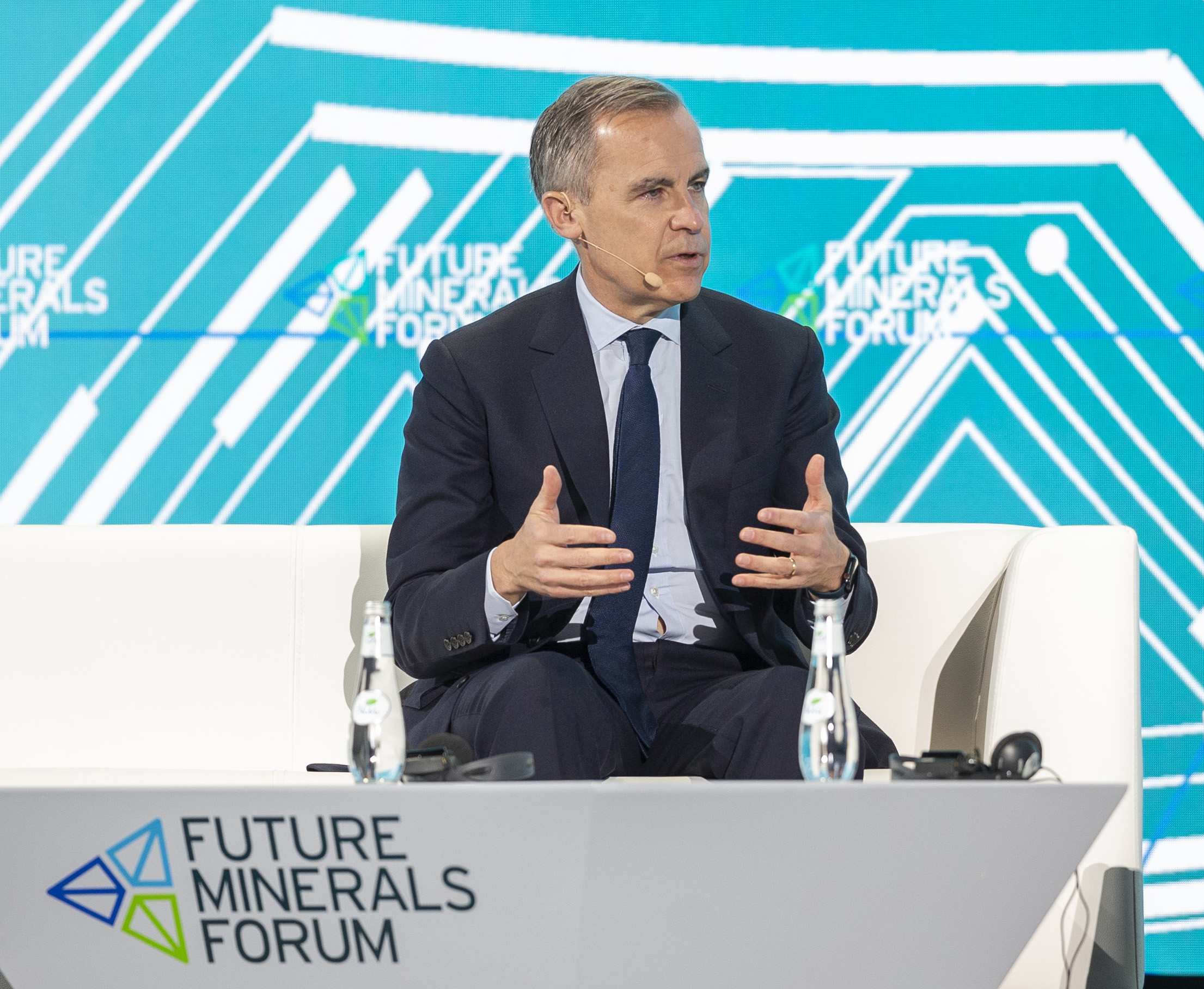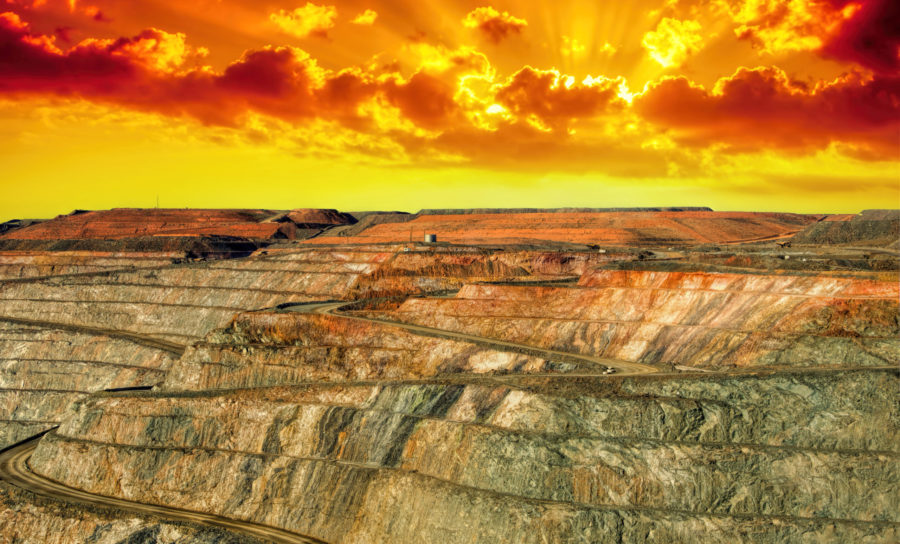Peru president supports Bear Creek Mining’s Corani silver project

Shares of Bear Creek Mining (TSXV: BCM) surged on news that Peru’s new president, Pedro Castillo, and representatives of local communities, support the Corani silver-lead-zinc project.
During a meeting at the presidential palace on October 15, representatives from towns and villages in the Corani district “formally and unequivocally expressed their support for Bear Creek Mining’s development, construction and operation of the Corani silver project,” the company said.
“President Castillo in turn welcomed their statement of support, declared that, “investment with responsible companies” is welcome in Peru, and committed to the delegation that he and the Peruvian government will support development of the Corani project in order to bring the project to fruition, stating he ‘will take Corani as an example for future investment desires.’”
The delegation was led by the mayor of the town of Corani, Edmundo Cáceres Guerra, who stated that “‘the entire people of the province of Carabaya, of approximately 10,000 families, will be happy because a better future awaits them,’” the company reported.
Bear Creek’s wholly-owned Corani deposit in southern Peru is one of the largest fully permitted silver-polymetallic deposits in the world.
“Shares of Bear Creek have been under pressure since political uncertainty in Peru emerged earlier this year,” Ryan Thompson, a mining analyst who covers the company at BMO Capital Markets, wrote in a research note to clients.
“This morning’s announcement should help to allay some investor concerns, and we expect the stock will likely react positively to this news. Securing financing is clearly the next major hurdle for Bear Creek, and expressions of support from both the community and President Castillo should help to provide comfort to potential investors.”
The project has been granted all key permits, including an approved environmental and social impact assessment (ESIA), construction permits and accreditation of water availability. It was also the first industrial project in Peru to undergo the state-run Consulta Previa process for which it received 100% community support, the company says.
Bear Creek’s president and CEO, Anthony Hawkshaw, said in a news release that the company is “very appreciative” of the support from the leaders and residents of communities surrounding the project, and to Peru’s president, and is “honoured by his recognition that Bear Creek and the Corani project exemplify the ideals of responsible mining and social benefit.”
Bear Creek began exploration activities at the Corani property in 2005, initially under the terms of an option agreement with Rio Tinto (NYSE: RIO) and since 2011, as sole owners.
A feasibility study in 2019 estimated a mine life of 15 years with average production over the mine life of 9.6 million oz. silver per year. The study forecast an after-tax net present value at a 5% discount rate of C$531 million and a post-tax internal rate of return of 22.9%. The study used a silver price of $18 per lb, $0.95 per lb lead and $1.10 per lb zinc.
Capex to build the mine was estimated at C$579 million with a payback period of 2.4 years.
Corani has proven and probable reserves of 139.1 million tonnes grading 50.3 grams silver per tonne, 0.90% lead, and 0.59% zinc for 225 million oz. silver, 2.75 billion lb lead and 1.81 billion lb zinc.
In addition to the reserves, Corani has measured and indicated resources of 96.7 million tonnes grading 27.9 grams silver per tonne, 0.38% lead and 0.26% zinc for contained metal of 87 million oz. silver, 812 million lb lead and 550 million lb zinc. Inferred resources measure 39.9 million tonnes grading 37.2 grams silver per tonne, 0.58% lead and 0.40% zinc, for 48 million oz. silver, 511 million lb lead and 352 million lb zinc.
The Corani deposit, in the department of Puno, sits at an elevation of between 4,800 and 5,200 meters above sea level, on the eastern side of the continental divide in the Andes mountains. The project consists of thirteen mineral concessions that form a contiguous block of ground covering about 5,500 hectares.
The project is accessible by road from the town of Macusani, located about 30 km east of the property on the paved dual lane Interoceanic Highway. Macusani is accessible from the town of Juliaca, serviced by commercial airlines from Lima.
(This article first appeared in The Northern Miner)
More News
Copper’s uber bull predicts new record on most-profitable-ever trade
Kostas Bintas was one of the first of a growing chorus of traders and investors to predict that copper was about to enter a multiyear bull market.
March 23, 2025 | 12:44 pm
Canada scraps federal review of large projects
Prime Minister Mark Carney said a leading project for the speedy permitting process would be the Cedar LNG project.
March 23, 2025 | 07:24 am
Gold dominates mining M&A again in 2024: S&P Global
Gold accounted for 70% of last year's transaction count and total value in precious and base metals, according to S&P.
March 22, 2025 | 10:05 pm
{{ commodity.name }}
{{ post.title }}
{{ post.excerpt }}
{{ post.date }}




Comments